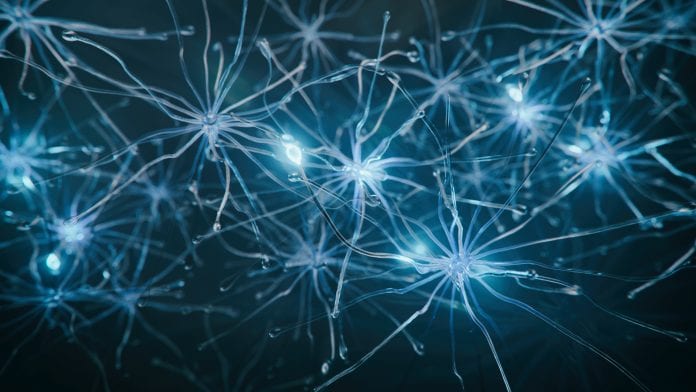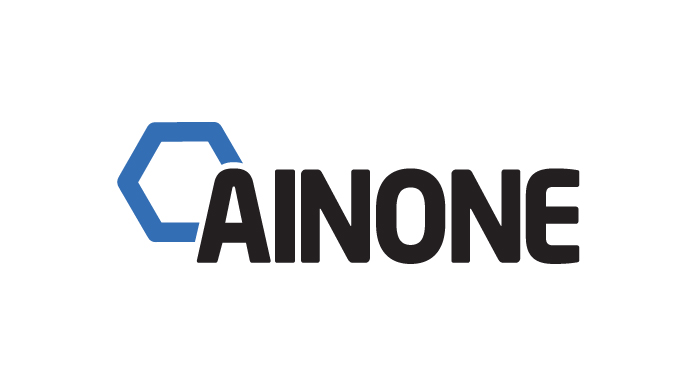
Ainone’s novel balance measuring device could revolutionise the diagnosis and treatment of concussion, dementia, and other neurological health issues.
Within the neurological system, there are three key aspects which affect the balance: proprioception, which is the body’s own inner sense of its movements and position; the visual sense; and the vestibular system, the sensory system which governs the body’s spatial orientation and balance. The central nervous system consists of 100 billion axons: if we mapped one person’s neural network on A4 pages, they would reach from Finland to Ulaanbaatar. If the neural network were a computer database, it would be 25 billion gigabytes. However, it is still very sensitive to relatively small impacts.
One way to identify the signs of neurological damage is Romberg’s test, which involves examining a person’s balance, typically using a balance board, when their eyes are open and when they are closed. If there is a significant difference between how well a person can balance with their eyes open and with their eyes closed, that can be an indication of potential neurological problems, including concussions and age-related conditions such as Alzheimer’s disease. That same balance measurement system has been commonly used as a preliminary means of detecting underlying neurological health issues since the 19th century, when it was introduced by the German neurologist Moritz Heinrich Romberg.
The significance of balance in neurological health
Human performance is the essential outcome of neurological health. Nothing happens without the central nervous system: the eyes would not move, the heart would not beat, the lungs would not breathe without that central neurological control. Everything is tied to it, and balance is the most crucial gauge of that, because balance is co-ordinated through different areas of the brain.
Alzheimer’s disease costs €300bn per year in Europe alone and over €1tn worldwide. Balance measurement can be a key tool in identifying the early signs of Alzheimer’s, enabling healthcare professionals to investigate further. People with dementia and Alzheimer’s disease are typically more prone to falls, due to the disease’s impact on the patient’s balance, gait and spatial awareness. Falls can be particularly deleterious to older patients, potentially contributing to longer-term disability, premature entry into nursing homes or care facilities, and even injury-related mortality; in addition to their impact on patients and their families, falls by elderly people cost €25bn per year in Europe. Meanwhile, injuries in people of working age cost almost €500bn a year. Early application of balance testing would provide significant benefits in the evaluation and treatment of these neurological health problems.
Concussions and neurological damage
If someone experiences the kind of impact which could lead to concussion, we have to gather the relevant data: are they unconscious? Are they confused or disoriented? Do they have memory loss? Are they experiencing problems with their vision or balance? If any of these symptoms are observed, how long do they last? The next step, where possible, is to perform objective evaluations of basic neurological functioning, balance, and some memory and cognitive tests.
The concussion protocols currently used in sports fulfil their purpose quite well at the moment, but one missing point has been the knowledge we now have of the vestibular system. Sports-related concussions, in particular, occur in very high-impact situations and are commonly related to impact on the skull and upper neck – because those areas are so close to the neurological system, injuries around there can lead to much greater issues. We know from studies into brain injuries, because concussion is a mild form of brain injury, that they can result in cognitive deficits, such as issues with memory and concentration; and we have seen that they can cause motor issues like clumsiness and balance problems. The problem has been that we have not been able to evaluate these issues precisely enough because there is huge variation between individuals, but we do know of some particularly sensitive factors which can act as indications of harm to the brain, such as reaction time, processing speed and balance.
The roots of Ainone
The development of Ainone is rooted in my previous work. I am a physiotherapist: I specialise in neurological problems, primarily in brain injuries, with a focus on concussions incurred within sports; last year I obtained my PhD, which focused on holistic, multi-domain measurement of sports concussions. The key means by which we assess sports-related concussions are through neurocognitive assessments and balance measurement.
10 years ago I worked with a professional ice hockey team; I would conduct baseline measurements of all the team members before the hockey season began, and then if any of them presented with a suspected concussion I could re-evaluate them based on those initial measurements. In my physiotherapy work, I used a balance board to conduct the balance segment of the concussion protocols: the board weighed 18 kg and I had to carry it around. In 2015, I was introduced to the Finnish company Suunto, which developed a precise motion sensor; we paired the sensor with a mobile application to provide an accurate measurement of a person’s balance, thereby ending the need to carry the board. It eliminates the need to visit a laboratory or a physiotherapist; users can even perform the measurement at home or at the gym – although they must do so under the supervision of a qualified healthcare professional.
Ainone Balance
Ainone Balance®, a first-class medical device, was launched in 2019. It features a movement sensor attached to a strap which fits around the chest and which can be worn over clothing. The wearer goes through the standard balance testing protocols – standing with feet together, feet apart, on one foot, eyes open, eyes closed – and the Bluetooth-connected display shows their balance score. If the score indicates a substantial difference between the user’s balance with their eyes open and eyes closed, the display will highlight that in red as a potential issue.
More than 20 years ago, early on in my studies, I encountered a patient who told me that they were clumsy and they had balance problems; and I did not have a way to assess or quantify that. I started using the balance board in assessments around 15 years ago; and now I use Ainone Balance, which has made the process significantly easier. Physiotherapists and healthcare professionals may be able to observe a troubling degree of swaying in patients just by observing them, but it is not always easy to gauge the difference between a patient’s balance with their eyes open and eyes closed, or to assess any changes from week to week. Quantifying a patient’s balance score using digital measurement, can help in identifying acute issues and problems which may worsen over time; and to make recommendations for lifestyle alterations or escalations to treatment, if these are needed.
This article is from issue 17 of Health Europa. Click here to get your free subscription today.























